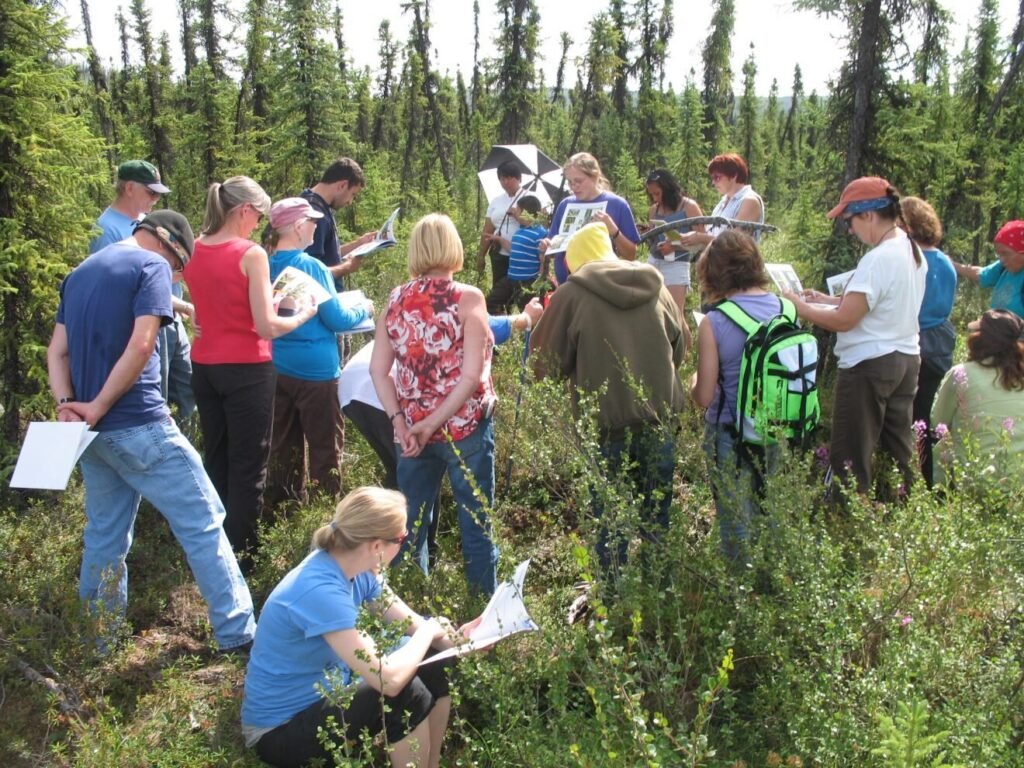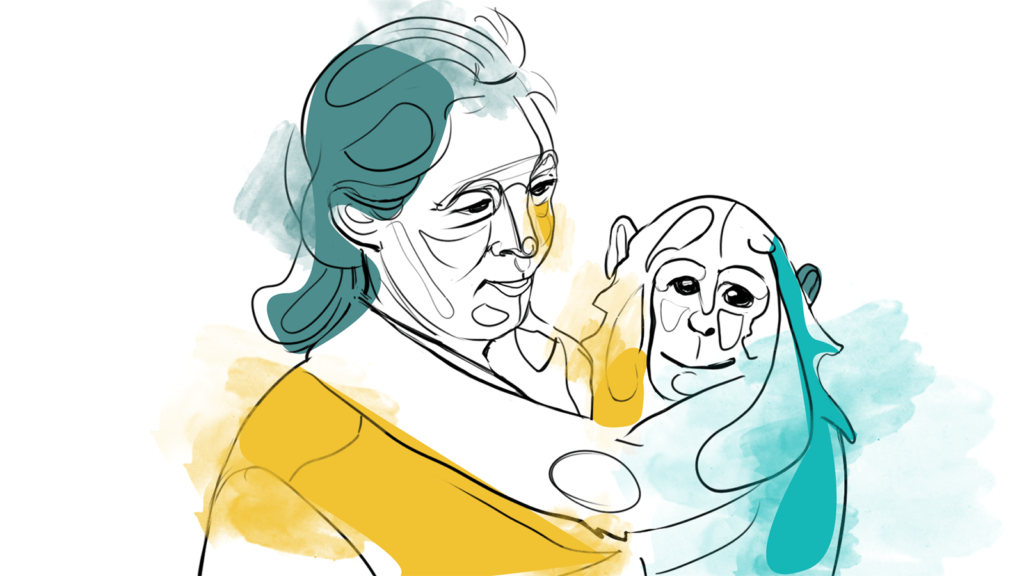
Benefits of Engaging Citizens in Environmental Research
Imagine a world where every citizen is not just a spectator, but an active participant in the quest for a healthier planet. That’s the beauty of engaging citizens in environmental research – it transforms everyday people into environmental heroes, armed with a passion for making a difference. When regular folks get involved in monitoring air quality, water pollution, or wildlife populations, they become a vital part of the solution to pressing environmental issues.
One of the greatest perks of involving citizens in environmental research is the sheer power of numbers. As the saying goes, “Many hands make light work,” and in this case, many pairs of hands contribute to a wealth of data that can revolutionize our understanding of the environment. When communities come together to collect data on local ecosystems or track changes in climate patterns, the result is a treasure trove of information that scientists alone could never hope to gather. As author Margaret Mead once wisely said, “Never doubt that a small group of thoughtful, committed citizens can change the world; indeed, it’s the only thing that ever has.”
How Citizen Science Contributes to Data Collection
Citizen science is like the ultimate win-win situation—it’s where regular folks get to put on their detective hats and help save the planet, all while feeling like they’re part of a cool science squad. Imagine being able to tell your friends, “Oh, you know, just spent the morning counting butterflies for a research project. NBD.” Well, that’s the magic of citizen science right there.
When it comes to data collection, citizen scientists are like the unsung heroes, the MVPs of the research world. They’re out there in the field, gathering data on everything from bird migrations to water quality, filling in the gaps that traditional research methods can’t reach. As Jane Goodall once said, “Every individual matters. Every individual has a role to play. Every individual makes a difference.” And that’s exactly what citizen science is all about—showing that each person’s contribution adds up to something truly impactful. So, next time you see a group of people out in the wild with binoculars and notebooks, give them a high-five for being the data collectors we never knew we needed.
Empowering Communities Through Environmental Monitoring
As communities around the world band together to monitor and protect their local environments, a powerful movement is taking root. Through environmental monitoring, ordinary citizens are stepping up to make a difference in their own backyards. From tracking air quality to monitoring wildlife populations, these citizen scientists are proving that when it comes to safeguarding our planet, everyone has a role to play.
By engaging in environmental monitoring, communities are not just keeping a watchful eye on their surroundings, they are also gaining a sense of empowerment and ownership over their environment. As Rachel Carson once said, “The more clearly we can focus our attention on the wonders and realities of the universe about us, the less taste we shall have for destruction.” Through citizen science initiatives, individuals are connecting with nature in a meaningful way, fostering a deeper appreciation for the world around them. This hands-on approach to environmental stewardship is not only effective in collecting valuable data, but it is also nurturing a sense of responsibility and care among community members.
The Impact of Citizen Science on Policy Making
When it comes to policy making, the impact of citizen science can’t be underestimated. It’s like having a secret weapon in your pocket, except it’s not really a secret, and it’s definitely not a weapon. What it is, though, is a powerful tool that allows everyday people to have a say in decisions that shape our environment. As the great Carl Sagan once said, “Citizen science is the gateway to real engagement with the natural world.”
Picture this: a group of enthusiastic bird watchers notice a decline in a specific bird species in their area. Armed with their binoculars and passion for ornithology, they collect data and present their findings to local policymakers. Suddenly, action is taken to protect the bird’s habitat, demonstrating how citizen science can directly influence policy making. It’s like being part of a real-life nature documentary, except with more paperwork and less narration by David Attenborough.
Innovative Solutions Developed by Citizen Scientists
When it comes to tackling environmental challenges, citizen scientists are the unsung heroes armed with creativity and a can-do attitude. From repurposing everyday items to inventing groundbreaking solutions, these enthusiasts have a knack for out-of-the-box thinking that never fails to impress. Take for example the ingenious use of smartphone technology in monitoring air quality levels by citizen scientists. Who would have thought that the device we use to take selfies could also be a powerful tool for environmental data collection?
One particularly fascinating innovation comes from a group of citizen scientists who devised a low-cost water filtration system using locally sourced materials. This brilliant contraption not only provides clean drinking water to communities in need but also showcases the resourcefulness and tenacity of citizen science at its best. As the saying goes, necessity is the mother of invention, and these citizen scientists are proving just how true that is when it comes to saving the planet one innovation at a time.
Challenges Faced by Citizen Science Projects
Citizen science projects are like a box of assorted chocolates – you never know what you’re going to get. From coordinating volunteers to ensuring data accuracy, these initiatives can face a variety of challenges along the way. One of the main hurdles is the issue of data quality control. With volunteers of varying experience levels contributing to research efforts, ensuring the accuracy and reliability of collected data can be akin to herding cats on a skateboard – a fun challenge, but not always straightforward.
Additionally, maintaining volunteer engagement throughout the project can be as tricky as predicting the weather next week. As renowned science communicator Neil deGrasse Tyson once said, “The good thing about science is that it’s true whether or not you believe in it.” However, convincing volunteers to stick around for the nitty-gritty data collection processes can be a tough nut to crack. Keeping participants motivated and engaged requires a delicate balance of communication, appreciation, and occasional doses of humor – after all, who doesn’t love a good science pun to brighten their day?
Creating Awareness and Advocacy Through Citizen Science
When it comes to making a difference in the world of environmental conservation, citizen science is like the superhero we never knew we needed. Imagine a world where everyday individuals transform into environmental warriors simply by observing, recording, and analyzing data. Citizen science not only creates a platform for community engagement but also serves as a powerful tool for raising awareness and advocating for change. As Jane Goodall once said, “What you do makes a difference, and you have to decide what kind of difference you want to make.” And what better way to make a positive impact than by empowering citizens to take charge of their environment?
By involving the public in scientific research, citizen science initiatives spark a sense of ownership and responsibility among individuals. When regular folks transform into citizen scientists, they not only contribute valuable data but also become ambassadors for the cause. Through hands-on participation in monitoring environmental changes, individuals develop a deeper connection to nature and a heightened sense of environmental stewardship. As Rachel Carson famously stated, “Those who contemplate the beauty of the Earth find reserves of strength that will endure as long as life lasts.” And what better way to appreciate the beauty of our planet than by actively engaging in its protection and preservation?
So, let’s raise our microscopes and binoculars in salute to the unsung heroes of citizen science, who are not afraid to get their hands dirty in the name of environmental awareness and advocacy.
The Role of Technology in Enhancing Citizen Science Efforts
You know what they say, when life gives you lemons, make lemonade. Well, when technology gives you a smartphone, make some groundbreaking scientific discoveries! In the world of citizen science, technology is the magical ingredient that turns everyday folks into environmental superheroes. With just a few taps on a screen, anyone can contribute valuable data that helps researchers better understand our planet. As Albert Einstein once said, “The only source of knowledge is experience.” And in this digital age, our experiences are now amplified by the power of technology, making citizen science more accessible and impactful than ever before.
Think about it – gone are the days of toting around heavy equipment and poring over complicated manuals. With the touch of a button, citizen scientists can capture photos, record sounds, and collect data in real-time. The late Steve Jobs once remarked, “Innovation distinguishes between a leader and a follower.” And indeed, the innovative technologies being used in citizen science projects are propelling us forward in the quest for a greener, more sustainable world. From apps that identify bird species to sensors that measure air quality, these technological advancements are revolutionizing how we engage with our environment. So next time you reach for your smartphone, why not channel your inner eco-warrior and join the ranks of citizen scientists making a difference one data point at a time?
In the dynamic world of citizen science, technology truly reigns supreme. With gadgets and gizmos galore at our disposal, it’s never been easier to contribute to environmental research and conservation efforts. So, let’s embrace the digital age and harness the power of technology to protect our planet. As Charles Darwin once wisely stated, “It is not the strongest of the species that survives, nor the most intelligent that survives. It is the one that is most adaptable to change.” And in the case of citizen science, technology is the change-maker we need to adapt, thrive, and save the world – one data point at a time.
Building Partnerships for Effective Environmental Conservation
Growing a garden of environmental conservation requires more than just green thumbs—it needs a whole community of hands, hearts, and maybe a few shovels. Building partnerships for effective environmental conservation is like orchestrating a symphony where every instrument, big or small, plays a crucial role in creating harmony for our planet. As the saying goes, “Alone we can do so little; together we can do so much” (Helen Keller).
In this grand ecological ensemble, each partner brings a unique melody to the composition. Whether it’s a local community group organizing cleanup efforts, a university conducting research on biodiversity, or a tech company developing tools for monitoring air quality, the collaboration is key. As former President Barack Obama once said, “Change will not come if we wait for some other person or some other time. We are the ones we’ve been waiting for. We are the change that we seek.” It’s about rolling up our sleeves, digging in, and nurturing the seeds of progress together. Let’s sow the seeds of change and cultivate a more sustainable future, one partnership at a time.


